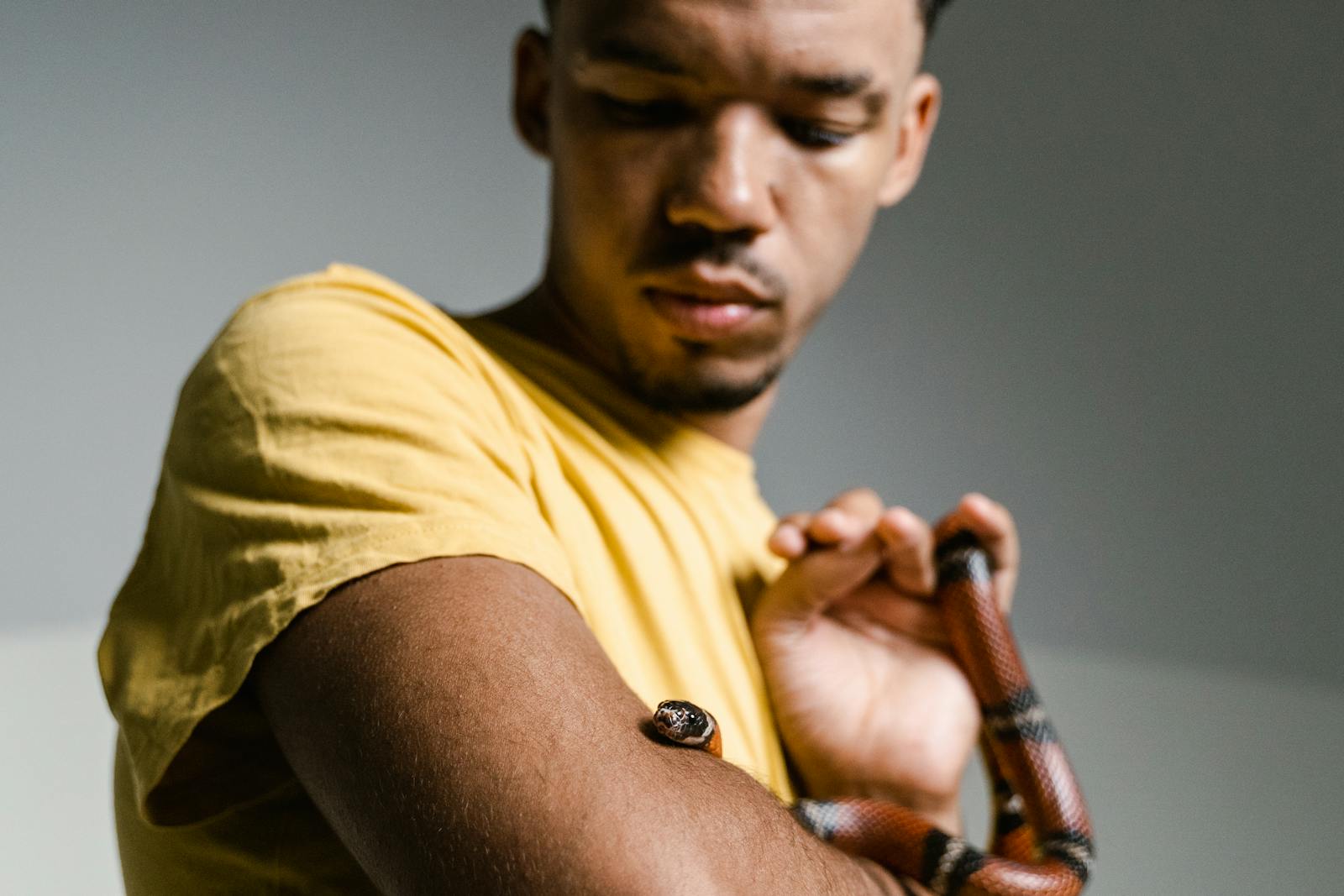When reptile enthusiasts move on from a beloved pet snake due to changing life circumstances, they often wonder if their scaly companion will remember them. This question taps into our desire for connection with the animals in our care, even those that seem so different from traditional furry pets. While dogs and cats clearly demonstrate recognition of their owners, the cognitive abilities of snakes remain more mysterious. This article explores the fascinating question of whether pet snakes can form memories of their human caretakers and maintain those associations over time.
Understanding Snake Cognition
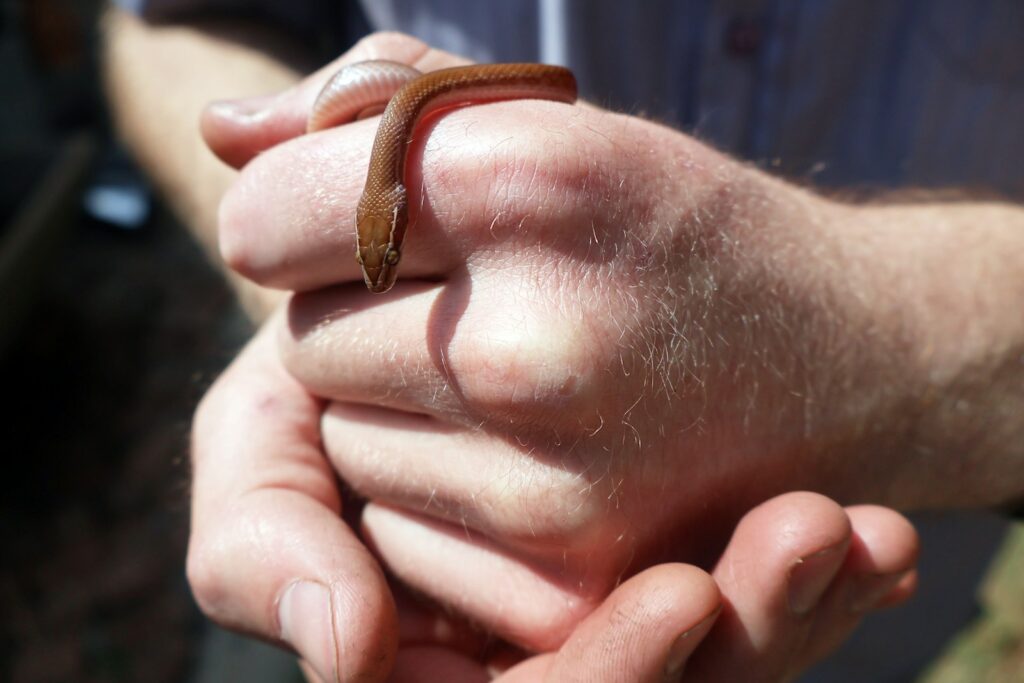
Snake brains differ significantly from mammalian brains, particularly in the absence of a neocortex—the brain region responsible for complex thought and emotion in mammals. Despite this fundamental difference, snakes possess well-developed limbic systems, which govern basic emotions and memory formation. Research into reptilian cognition has advanced significantly in recent decades, challenging earlier assumptions about their limited mental capabilities. Studies have revealed that snakes can learn through classical conditioning and retain procedural memories, suggesting cognitive abilities beyond mere instinct. However, these capabilities still function differently from the autobiographical or emotional memories that humans and some mammals form.
The Science of Reptilian Memory
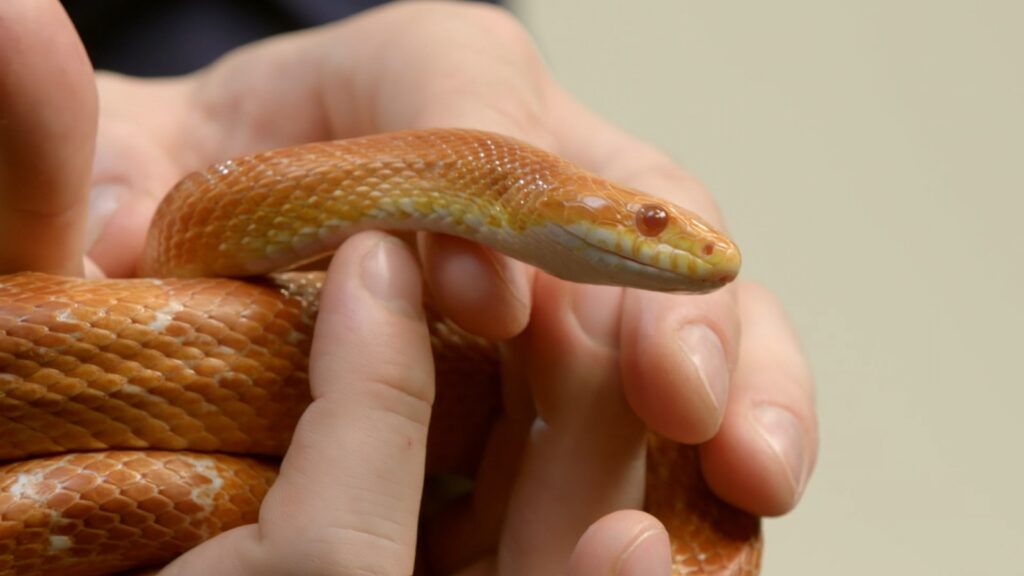
Reptiles, including snakes, possess what scientists call implicit memory—the ability to learn from experience without conscious awareness. This type of memory allows snakes to learn spatial layouts of their environments, recognize food sources, and adapt behaviors based on past experiences. Laboratory studies have demonstrated that snakes can remember maze configurations for months and recognize specific feeding cues. Their brains contain structures called the dorsal and medial cortex that function similarly to the hippocampus in mammals, an area crucial for memory formation. While these structures are less complex than mammalian equivalents, they provide snakes with substantial memory capacity for matters relevant to their survival.
Recognition vs. Emotional Attachment
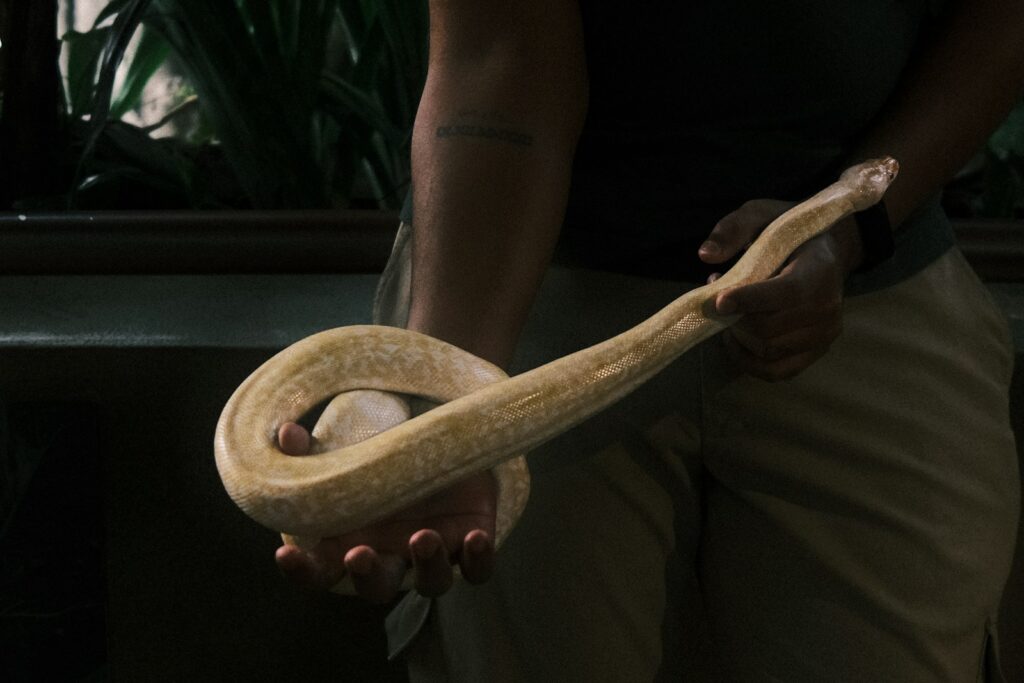
When discussing whether snakes “remember” owners, it’s important to distinguish between simple recognition and emotional attachment. Snakes appear capable of recognizing familiar scents, movements, and routines, which may include those associated with their regular caretakers. This recognition likely stems from repeated exposure rather than emotional bonding. Unlike mammals, which evolved complex social structures requiring emotional attachment, snakes evolved as primarily solitary hunters without the neurological architecture for social bonding. Their recognition of humans typically manifests as a neutral or positive association—understanding that the human doesn’t represent a threat and may provide food—rather than what we would consider affection or loyalty.
Scent Recognition in Snakes
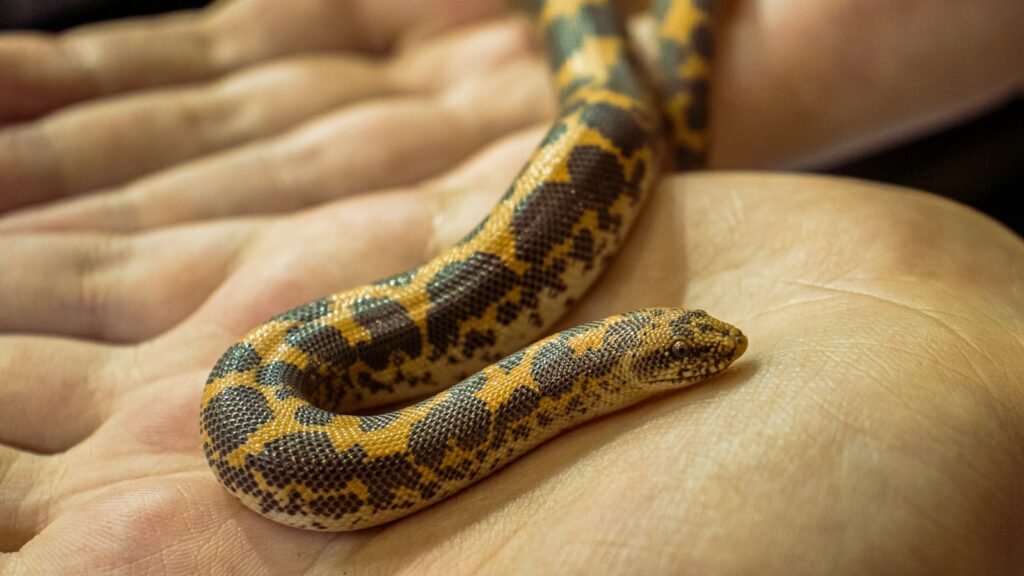
A snake’s primary method of identifying individuals likely relies on their extraordinary sense of smell. Snakes possess both nostrils and a specialized organ called the vomeronasal organ (Jacobson’s organ), which allows them to chemically “taste” the air and analyze complex scent profiles. Research suggests snakes can distinguish between individual humans based on their unique scent signatures. Regular handlers develop a distinct scent profile in a snake’s environment, potentially creating a familiar chemical signature the reptile can recognize. When reintroduced to a previous owner after separation, some snakes display behavioral changes suggesting recognition of the familiar scent, even after considerable time has passed.
Behavioral Evidence of Recognition
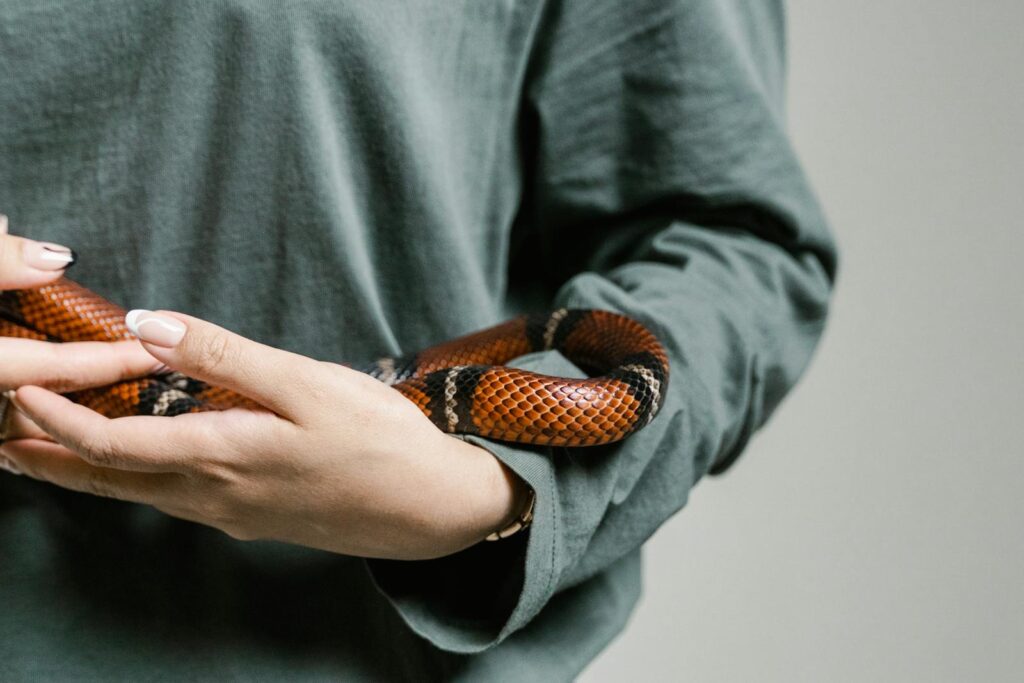
Many snake owners report behavioral patterns that suggest some form of recognition. These observations include reduced defensive posturing, decreased tongue-flicking (indicating less need to investigate), and more relaxed body language when handled by familiar people versus strangers. Some snakes will willingly approach their regular caretakers while showing caution around unfamiliar individuals. Ball pythons, in particular, often demonstrate notable differences in stress levels when handled by regular caretakers versus strangers. However, these behaviors could also be explained by habituation—a form of learning where repeated exposure to a stimulus decreases response—rather than specific recognition of an individual.
Species Differences in Recognition Abilities
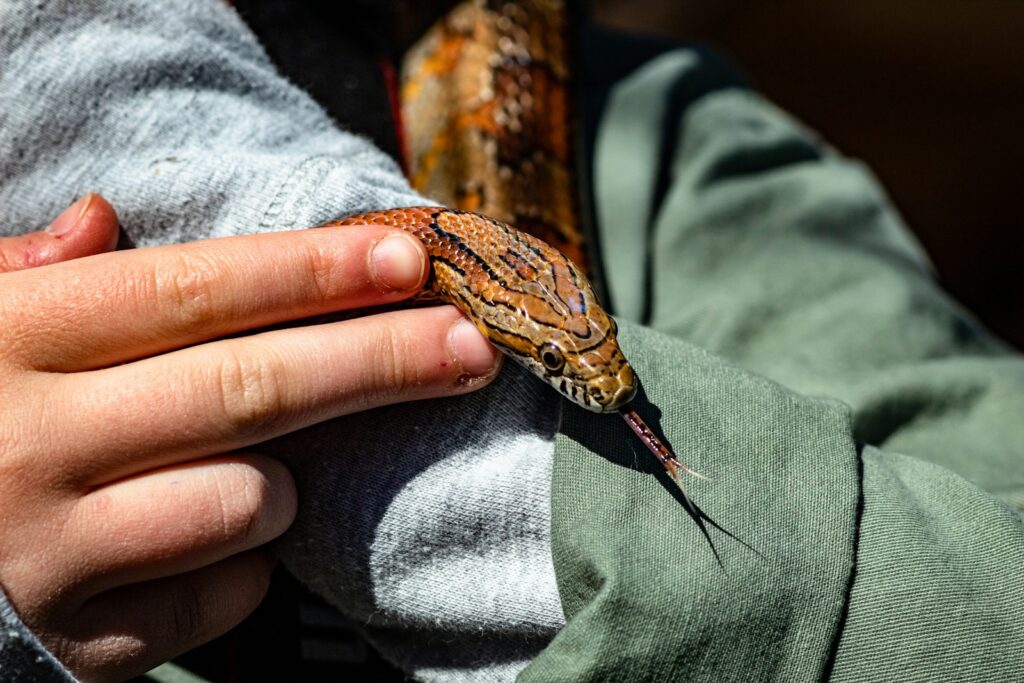
Not all snake species demonstrate the same capacity for recognition. Generally, species with more complex hunting strategies or those that engage in any form of social behavior show greater cognitive capabilities. For example, certain rat snakes and king snakes, known for their problem-solving abilities when hunting, may demonstrate better recognition of handlers than more primitive species. Ball pythons, popular as pets for their docile nature, appear to habituate well to regular handlers and show stress when introduced to strangers. Conversely, some highly defensive species, like certain vipers or aggressive colubrids, may never fully acclimate to handling, regardless of familiarity with the handler, suggesting limitations in their recognition capabilities or overriding instinctual responses.
The Role of Routine and Association
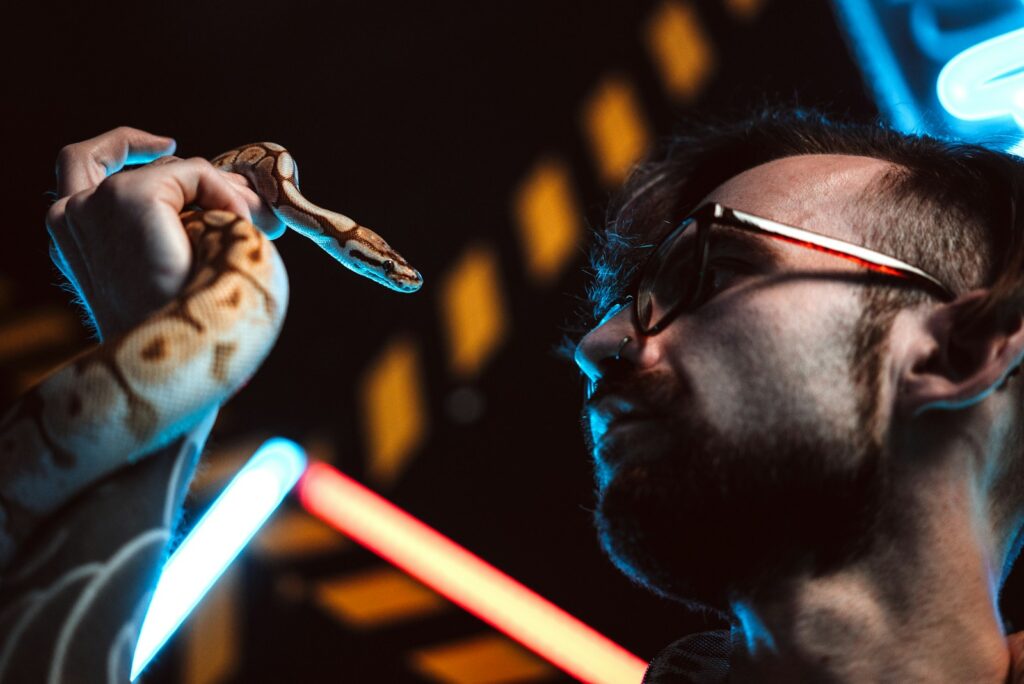
Snakes are creatures of habit that thrive on predictable routines, which significantly influences their capacity to “remember” their owners. Many pet snakes associate specific handling routines, feeding schedules, and habitat maintenance with particular humans. This association forms through classical conditioning—the same learning mechanism famously demonstrated in Pavlov’s experiments with dogs. For instance, a snake may learn to associate the specific movements and scents of its owner with positive outcomes like feeding time. When previous owners resume care after an absence, reestablishing familiar routines can trigger recognition responses in the snake, suggesting that procedural memory plays a significant role in their recognition of humans.
Anecdotal Evidence from Snake Owners

The reptile-keeping community provides numerous anecdotes suggesting snakes recognize previous owners, even after extended separations. Many owners report experiences where snakes reacted differently to them compared to new caretakers after periods of separation. One particularly compelling account involves a ball python that refused handling from new owners for months, yet immediately relaxed when returned to its original keeper years later. Another frequently reported observation is that snakes display noticeably different tongue-flicking patterns with familiar versus unfamiliar handlers. While these accounts don’t constitute scientific evidence, the consistency of such reports across different species and situations suggests there may be genuine recognition occurring beyond mere coincidence.
Long-term Memory Capacity in Snakes
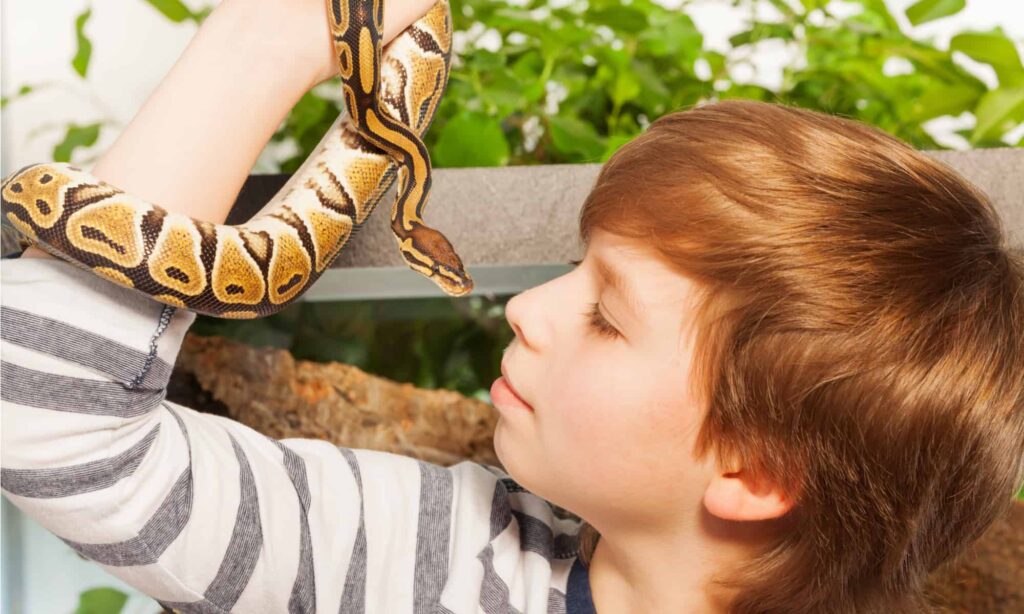
Research on reptilian memory duration provides insight into how long a snake might remember a previous owner. Laboratory studies have demonstrated that certain snake species can retain learned associations for remarkably long periods—up to a year or more in some cases. Field research on wild snakes suggests they can remember seasonal migration routes and return to specific denning sites year after year, indicating substantial long-term memory capabilities. When applied to captive situations, this suggests pet snakes could potentially retain recognition of previous owners for months or even years after separation. However, the strength of these memories likely depends on the duration and intensity of the original relationship, as well as the significance of the associations formed.
Factors Affecting Recognition Ability
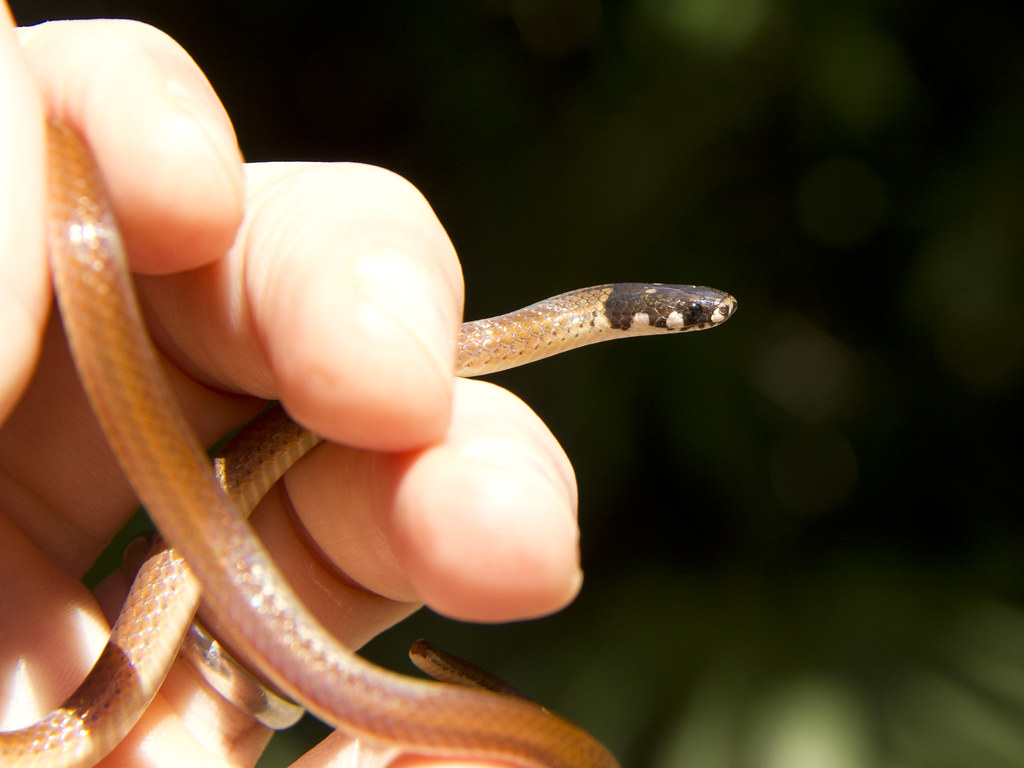
Several factors influence whether a snake will remember a previous owner and how strongly that recognition manifests. The duration of the original relationship plays a crucial role—snakes kept by the same person for years likely form stronger associations than those handled only briefly. The frequency and quality of interactions also matter significantly, with snakes handled regularly developing stronger recognition patterns than those left primarily undisturbed. The snake’s age during the relationship influences memory formation, with younger snakes generally forming more adaptable neural pathways. Environmental factors during separation, including stress levels, handling frequency by new owners, and maintenance of similar routines, can either preserve or disrupt previously formed associations.
Practical Implications for Snake Owners
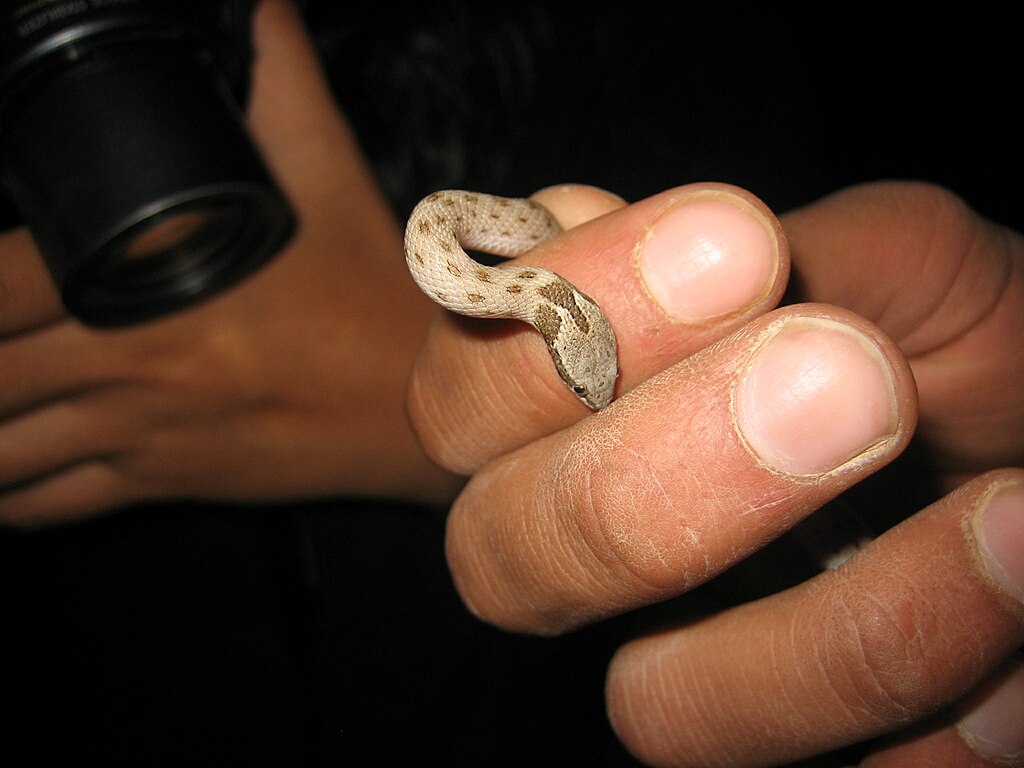
Understanding a snake’s recognition capabilities has practical implications for both current and previous owners. For those reacquiring a previously owned snake, gradually reintroducing familiar handling routines and scents can help reestablish recognition. New owners taking on someone else’s snake should expect an adjustment period as the reptile adapts to new scents, handling techniques, and routines. Consistent, gentle handling using techniques similar to those of the previous owner can ease this transition. When temporarily boarding snakes, owners might consider leaving an unwashed clothing item carrying their scent to provide comfort through familiar olfactory cues. For snakes showing stress after changing owners, recreating aspects of their previous care routine may help reduce anxiety.
Ethical Considerations in Snake Ownership

The question of snake memory raises important ethical considerations regarding reptile ownership and responsibility. Understanding that snakes form associations with their caretakers underscores the importance of commitment when acquiring these long-lived animals, many of which can live 20-30 years in captivity. The potential for recognition suggests that rehoming a snake may cause more stress than previously thought, making thorough consideration before acquisition essential. When rehoming becomes necessary, a gradual transition period allowing the snake to adjust to new handlers before complete separation may reduce stress. Additionally, providing detailed information about the snake’s established routines, preferences, and behaviors to new owners can help maintain continuity of care during transitions.
Comparing Snake Recognition to Other Reptiles
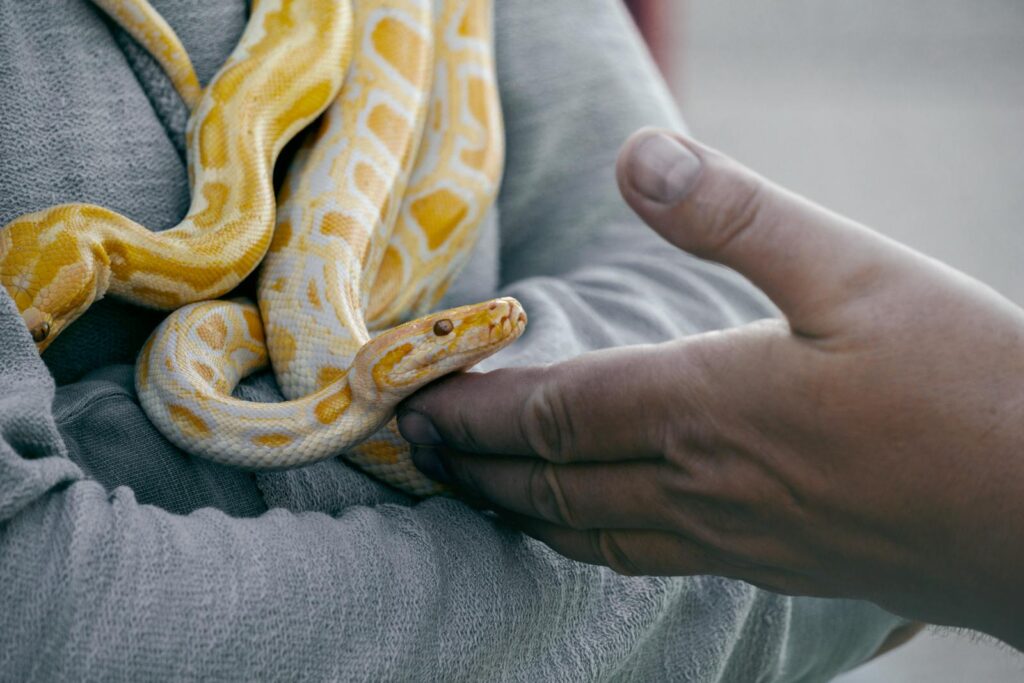
Within the reptile world, snakes occupy a middle ground regarding recognition abilities. Monitors and tegus demonstrate notably advanced recognition capabilities, often approaching specific humans they recognize and avoiding those they don’t. Some large lizard species even appear to seek interaction with preferred humans, suggesting a more complex form of recognition than typically seen in snakes. Turtles and tortoises also show remarkable abilities to recognize individual humans, sometimes even after years of separation. By contrast, more primitive reptiles like certain geckos show less evidence of specific human recognition. This spectrum of capabilities reflects the diverse evolutionary paths and ecological niches reptiles occupy, with snakes developing recognition abilities suited to their particular survival needs.
Conclusion: The Complex Reality of Snake Memory

While snakes lack the emotional attachment that characterizes mammalian pet-owner relationships, evidence suggests they do possess meaningful recognition capabilities. Through a combination of scent recognition, associative learning, and procedural memory, many snakes appear to recognize previous owners, particularly after long-term relationships. This recognition manifests primarily through behavioral differences—reduced defensive responses, changed body language, and altered tongue-flicking patterns. Though different from the emotional bonds we form with dogs or cats, this capacity for recognition represents a fascinating aspect of reptilian cognition worth appreciating. For snake enthusiasts, understanding these cognitive abilities can foster more meaningful interactions with these remarkable creatures, even if their version of “remembering” differs from our own.

